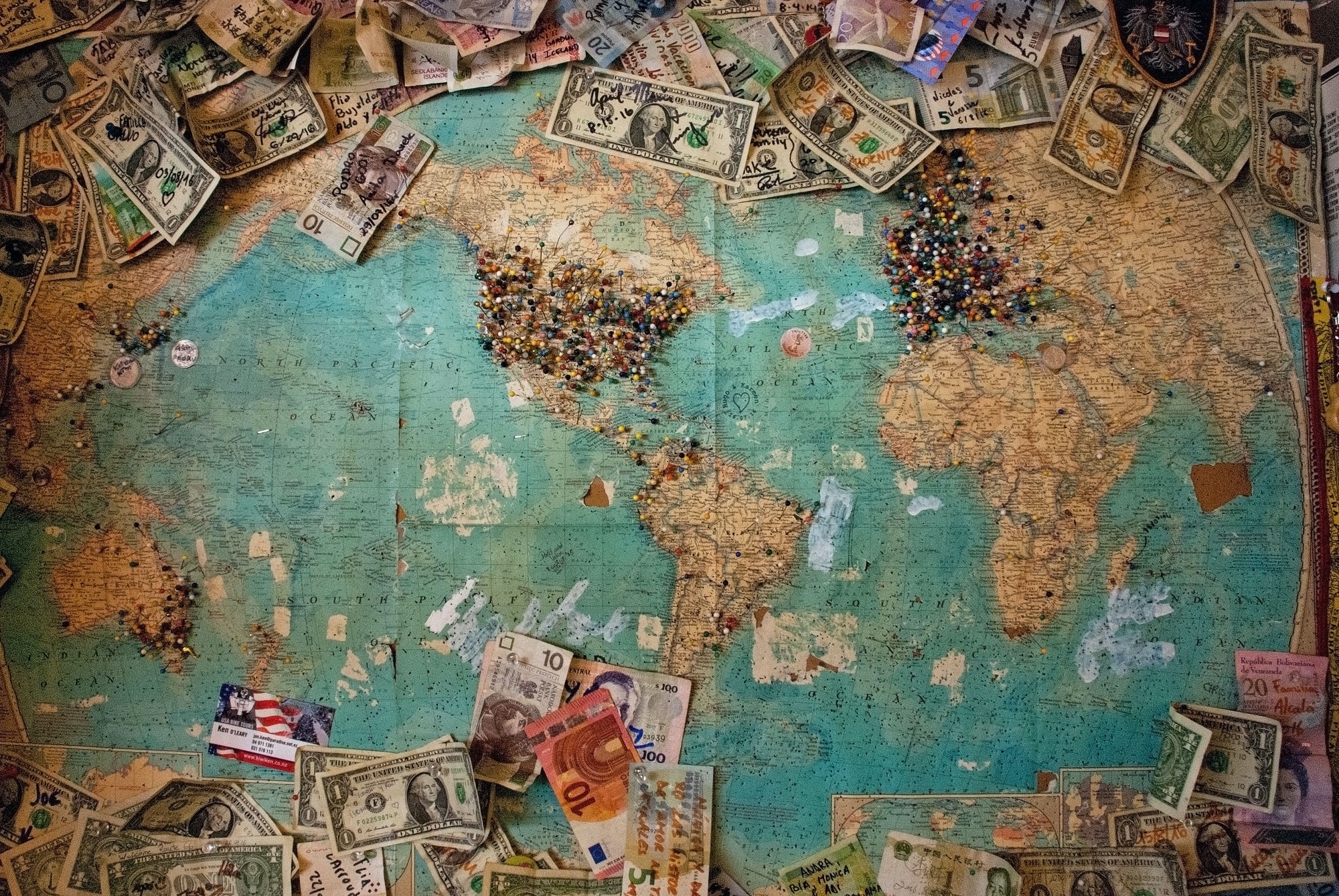
What is Purchasing Power Parity (PPP) & Why Does it Matter?
GDP or Gross Domestic Product is a measure of how much the population of a country is contributing to its economic growth, and hence, how much the country as a whole is prosperous or economically fit.
While the GDP is one of the indicators of the overall “economic health” of a country, it may be flawed to compare the GDP of one country with another. To understand this, let’s first look at what really is “money.” Money or currency is a way to buy goods and services to make your life better. So, essentially, it is the purchasing power of money that makes it so important for our existence. The other aspect of purchasing power is the price of goods and services. If for the same unit of money, you can buy more goods and services, you feel richer. This is the primary reason for creating a measure called as “purchasing power parity” adjustment to GDP.
In simple terms, how many/ how much of goods & services you can buy with 100$, 100INR, 100 Pesos etc will be different. This is what is referred to in economic terms as “cost of living” — what is the cost of living in a country, compared with other countries.
This is measured by World Bank as a part of the International Comparison Program (ICP). For this, the World Bank selects a basket of goods & services which would, broadly speaking, be common to most countries in the world. These are items which people of every country would buy — maybe not everyone in every country, but definitely some people in every country would buy. Also, it is not that every good in country A would be cheaper than every good in country B. That is almost never the case. But it is quite likely that the number of goods that are cheaper far outweigh the number of goods that are more expensive, and hence the cost of living becomes lower.
To create this parity, the USA is taken as a standard against which the PPP of other countries is calculated. The price of goods and services in USA are taken as the base rate, and the price of the same goods & services in other countries is then expressed as a fraction of the USA price.
PPP gives a realistic idea of how robust an economy is, factoring in the aspect of how effectively rich or effectively poor you are in that country.




